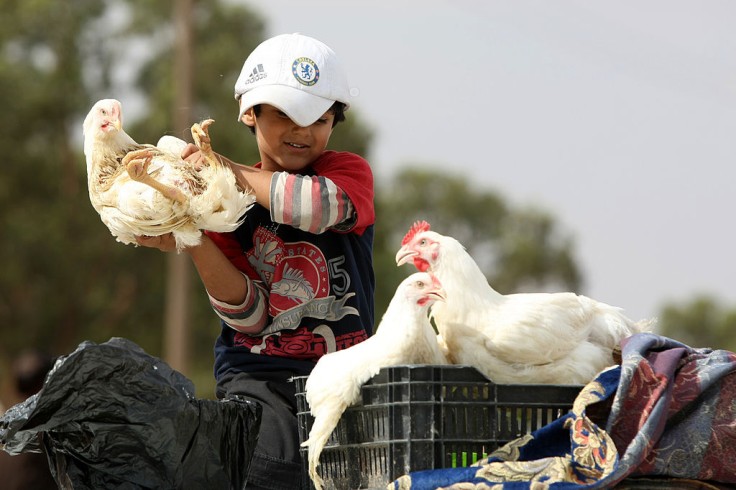
Cambodia has documented its fourth human case of H5N1 avian flu this year, involving a 16-year-old boy, who is the brother of a recently deceased 9-year-old boy from Kratie province in northeastern Cambodia.
The older sibling, unlike his brother, did not exhibit respiratory symptoms.
Cambodia Recently Reports 4th Death Due to Bird Flu
The health ministry, as per Avian Flu Diary, an infectious disease news blog, reported the case and mentioned the ongoing monitoring of contacts.
While the statement did not provide details on the teen's exposure, an earlier announcement revealed that poultry had died at the family's residence and were consumed.
Cambodia has reported a total of 10 human H5N1 cases since 2023, marking a resurgence after a decade-long absence of cases.
The recent cases involve an older H5N1 clade (2.3.2.1c) prevalent in the country's poultry, distinct from the newer clade (2.3.4.4b) circulating widely in various regions among wild birds and poultry, occasionally affecting mammals and humans.
Bird flu, or avian influenza, typically spreads among poultry and was not contemplated as a warning to humans until a 1997 epidemic in Hong Kong.
Most human cases involve personal contact with contaminated poultry, but consideration has been lifted about the possibility for the virus to derive for easier human-to-human transmission.
The WHO and the U.N.'s Food and Agriculture Organization lately considered a high danger of virus spreading during Lunar New Year celebrations in many parts of Asia.
The ministry disclosed that the boy who passed away last week encountered symptoms such as fever, shortness of breath, coughing, and fainting after consuming a meal prepared by his parents from chickens and ducks they bred.
Read Also : Dengue Emergency Hits Rio de Janeiro Ahead of Carnival: Special Measures Launched Amid Rising Cases
What Is Bird Flu?
Bird flu, also known as avian influenza, is a threatening infection that can impact not only birds but also humans and other animals.
While most forms of the virus are primarily found in birds, H5N1 is the most common and lethal strain, capable of influencing both birds and humans.
Discovered in humans in 1997, H5N1 has resulted in nearly 60 percent fatality among those contaminated, according to the World Health Organization.
Although the virus does not currently spread through human-to-human contact, there are worries that it may pose a pandemic risk to humans.
Symptoms of bird flu include cough, diarrhea, respiratory difficulties, fever, headache, muscle aches, malaise, runny nose, and sore throat.
If susceptible to bird flu, it is essential to inform healthcare staff in advance to facilitate preventive measures for both staff and other patients.
Causes of bird flu affect various types of the virus, with H5N1 being the first avian influenza virus to affect humans in 1997. The disease appears commonly in wild waterfowl and spreads quickly to domestic poultry.
Human transmission happens through contact with infected bird excretions, nasal secretions, or oral and ocular secretions. Consumption of well cooked poultry or eggs from contaminated birds is not a source of transmission.
Risk factors for decreasing H5N1 include being a poultry farmer, a traveler inspecting concerned areas, risk to infected birds, consumption of half-cooked poultry or eggs, being a healthcare worker caring for contaminated patients, or being a household member of a contaminated person.
Examination involves tests allowed by the Centers for Disease Control and Prevention (CDC), such as the influenza A/H5 (Asian lineage) virus real-time RT-PCR primer and probe set.
Medications commonly include antiviral treatments like oseltamivir (Tamiflu) or zanamivir (Relenza), conducted within 48 hours of symptom onset.
The seriousness of the infection determines the outlook, with possible problems including sepsis, pneumonia, organ failure, and acute respiratory discomfort.
Precautionary measures include gaining a flu shot to avoid co-infection with human influenza stress, doing good hygiene, and escaping open-air markets, association with contaminated birds, and half-cooked poultry.
While an FDA-authorized vaccine for avian flu stays, it is not presently available to the public, and its use is supported if H5N1 spreads among people.
Related Article: Avian Flu, the Real Reason Behind High Prices of Eggs